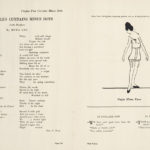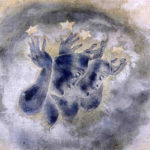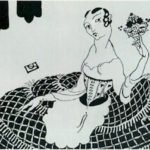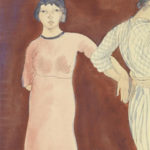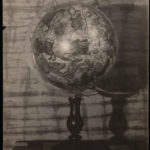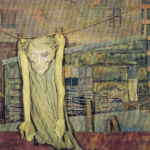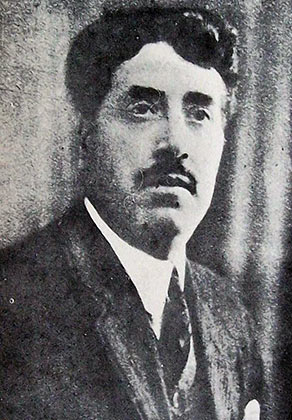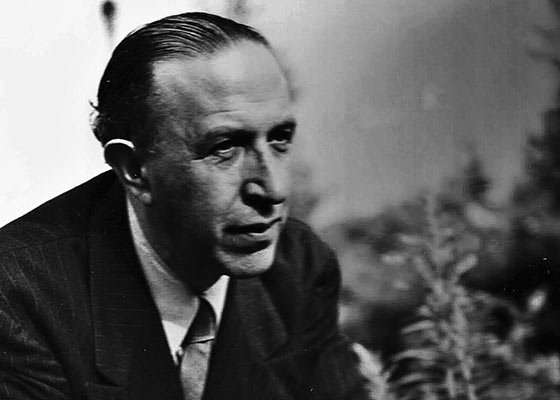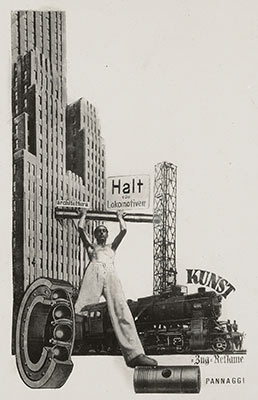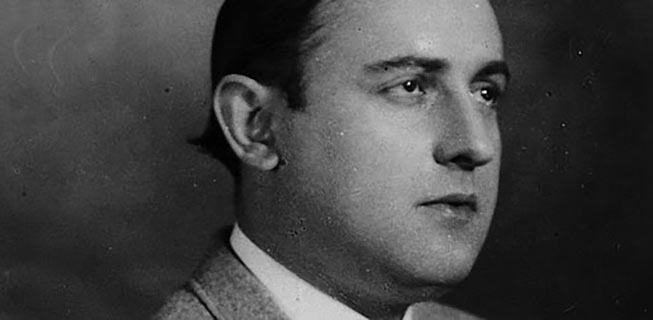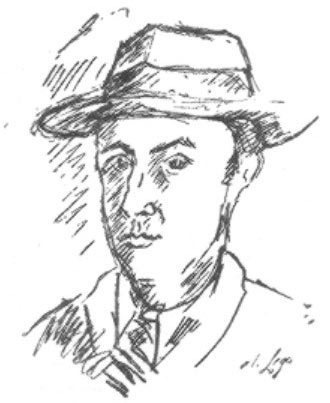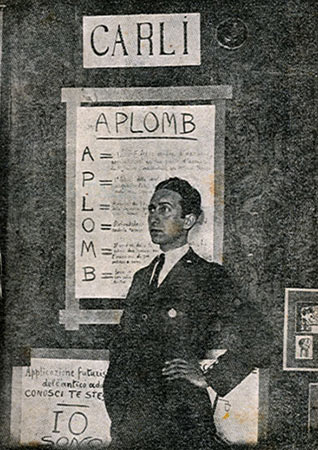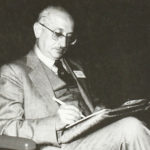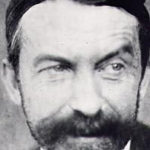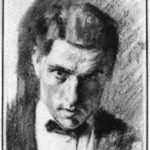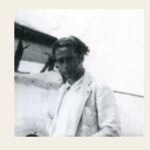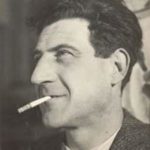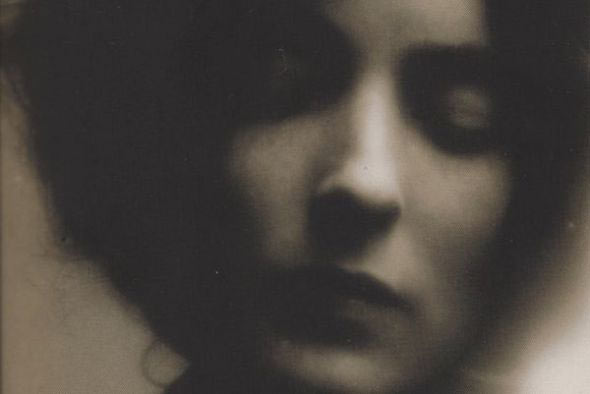
Mina Loy
(English)
Born in England, Loy studied art in Germany, France, and Britain and continued to paint thereafter. She moved to Florence and became deeply involved with the futurist movement, though she gave its politics and cultural ambitions a feminist inflection, as her 1919 “Aphorisms on Futurism” suggests. Eventually she abandoned the movement as its patriarchal bias evolved into an emergent sympathy for fascism.
Although she did not move permanently to the United States until 1936—first living in New York and then in Aspen, Colorado—and take up U.S. citizenship until late in her life, her work is often considered part of American modernism because some of her most important work was written while she was here for several years in the second decade of the century and because it was often American journals that published and championed her poetry.
In her “Feminist Manifesto,” unpublished but probably written shortly before the 1915-1917 “Songs to Joannes,” Loy argues that “woman must destroy in herself the desire to be loved” and urges that “honor, grief, sentimentality, pride and consequently jealousy must be detached from sex.” The “Songs” accomplish that and more. Loy concludes that all the values embedded in masculinity and femininity are perilous and destructive. Published in the American journal Others, “Songs to Joannes” is a major contribution to experimental modernism. Readers interested in Loy should be sure to consult The Lost Lunar Baedeker (1996), which is the only accurate edition of her poems.
a poem by Mina Loy There is no Life or Death Only activity And in the absolute Is no declivity. There is no Love or Lust Only propensity Who would possess Is a nonentity. There is no First or Last Only equality And who would rule Joins the majority. There is no Space or Time Only intensity, And tame things Have no immensity.
(Spanish)
Mina Loy, seudónimo de Mina Gertrude Löwry (Londres, 27 de diciembre de 1882 – Aspen, Colorado, 25 de septiembre de 1966) fue una artista, poeta, dramaturga, novelista, futurista, actriz, diseñadora de lámparas y bohemia. Aunque ya en su época debió principalmente su fama a encarnar a la moderna mujer emancipada y a ser musa de vanguardistas, ella misma fue una reconocida poeta, admirada por T. S. Eliot, Ezra Pound, William Carlos Williams, Basil Bunting, Gertrude Stein, Yvor Winters y Francis Picabia, entre otros.
Mina Loy, cuyo nombre original era Mina Gertrude Lowry, nació en Londres. Su madre, Julia Bryan era inglesa y su padre, Sigmund Lowry, un húngaro judío.
Tras dejar la escuela a los diecisiete años, se trasladó a Múnich y estudió pintura durante dos años. A su regreso a Londres continuó con la pintura, teniendo en una ocasión como maestro a Augustus John. Durante sus estudios se familiarizó con las últimas teorías filosóficas y psicológicas de Europa (Friedrich Nietzsche, Henri Bergson, Sigmund Freud), así como con el pensamiento oriental. Posteriormente, se trasladó a París con Stephen Haweis, que había estudiado con ella en la Academia Colarossi. La pareja se casó en 1903. Mina es citada por primera vez con el apellido Loy en 1904, cuando expuso seis acuarelas en el Salón de Otoño en París. La primera hija de Loy y Haweis, Oda, nació en 1904 y murió en su primer cumpleaños.
Loy se convirtió pronto en una habitual de la comunidad artística del salón de Gertrude y Leo Stein. Allí conoció a muchos de los principales artistas de vanguardia y escritores de la época, como Guillaume Apollinaire, Pablo Picasso y Henri Rousseau. Durante los tres años que pasó en París, Mina, Gertrude Stein y Djuna Barnes iniciaron una amistad que se prolongó durante el resto de sus vidas.
En 1907, Loy y Haweis se trasladaron a Florencia, donde llevaron vidas prácticamente separadas. A pesar del distanciamiento, tuvieron dos hijos más: Joella en 1907 y Giles en 1909. En Italia, Mina participó en la comunidad futurista y tuvo una relación con su líder Filippo Marinetti. Al mismo tiempo, formó un grupo con algunos expatriados de Manhattan, entre los que figuraban el novelista y crítico Carl van Vechten -que posteriormente se convertiría en su agente- y el periodista y comunista John Reed. Durante la Primera Guerra Mundial, Loy sirvió en un hospital del ejército.
